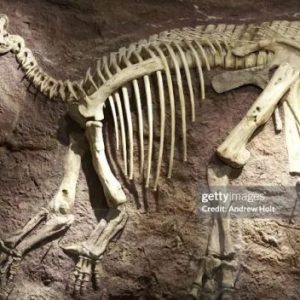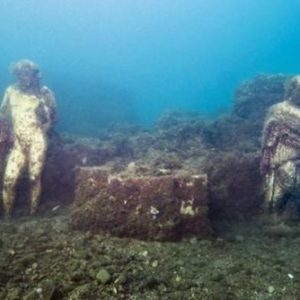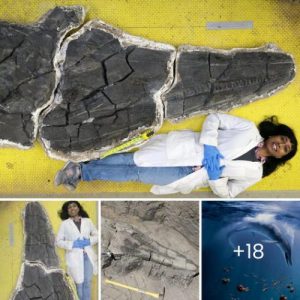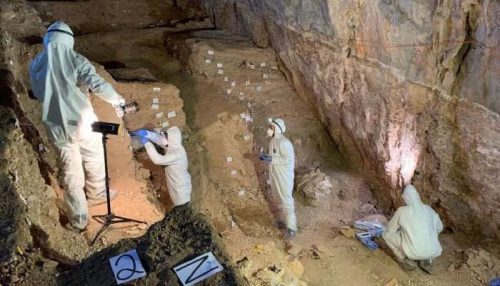
In a twist of fate, a recent archaeological expedition in Crimea has unveiled a captivating secret – the tomb of a giant. As researchers diligently worked on the restoration of the historic Mithridates Staircase in Kerch, they unexpectedly stumbled upon a necropolis belonging to the Byzantine Empire. Within this ancient burial site lies the enigmatic resting place of a colossal individual, shattering conventional notions about the past.
1. The Byzantine Necropolis Unveiled
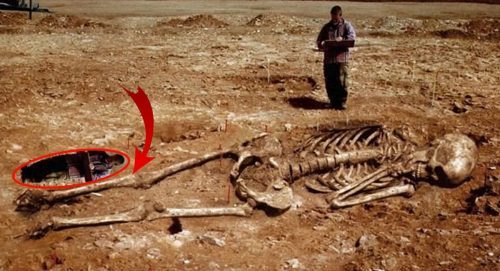
The archaeological endeavor in Crimea initially focused on the ongoing restoration of the Mithridates Staircase. However, as excavations commenced, experts were stunned to uncover an expansive necropolis, stretching across nearly 100 square meters. These graves were believed to belong to individuals who had once paid homage at the temple of Saint John the Baptist.
2. Intriguing Discoveries Amidst the Burials
To date, 27 burials have been uncovered within the necropolis, some of which are the final resting places of children and twins. The excavations also yielded a treasure trove of artifacts, including bronze pendants and bracelets. Perhaps the most astonishing find, however, was the presence of well-preserved felt clothing, instrumental in dating this remarkable discovery.
3. The Unearthly Tomb of a Giant
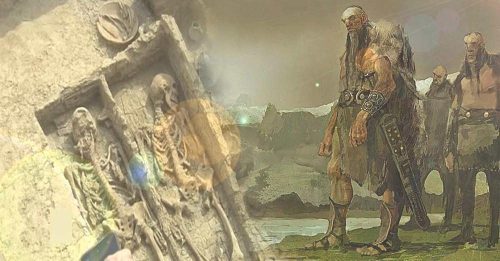
The extraordinary revelation took an even more perplexing turn when archaeologists stumbled upon a funerary box exceeding a staggering length of 2.30 meters. Within this ornate coffin lay the skeletal remains of an individual whose sheer size defied comprehension. This discovery challenges our understanding of ancient societies and prompts a reevaluation of the roles and characteristics of individuals from that era.
Unraveling the Mysteries
The unearthing of the tomb of a giant in Crimea opens a portal to a bygone era, inviting us to unravel the mysteries surrounding this colossal figure. The intricate details of the burial site, coupled with the unexpected presence of well-preserved artifacts, paint a vivid picture of the cultural and historical richness of the Byzantine Empire.
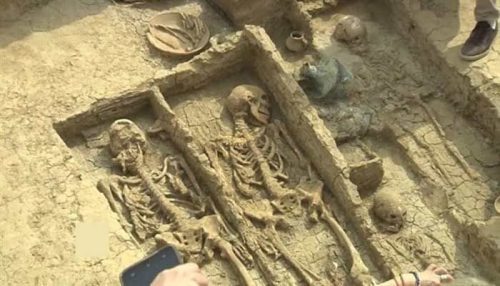
As the archaeological exploration continues, each revelation adds a layer to the narrative of this ancient giant and the society in which they lived. The tomb stands as a testament to the enigmatic stories buried beneath the earth, waiting to be discovered and shared with the world.
In conclusion, the startling discovery in Crimea serves as a reminder that the past is an ever-evolving tapestry, and each archaeological find has the potential to reshape our understanding of history. The tomb of the giant beckons us to explore, question, and marvel at the secrets hidden beneath the sands of time.


